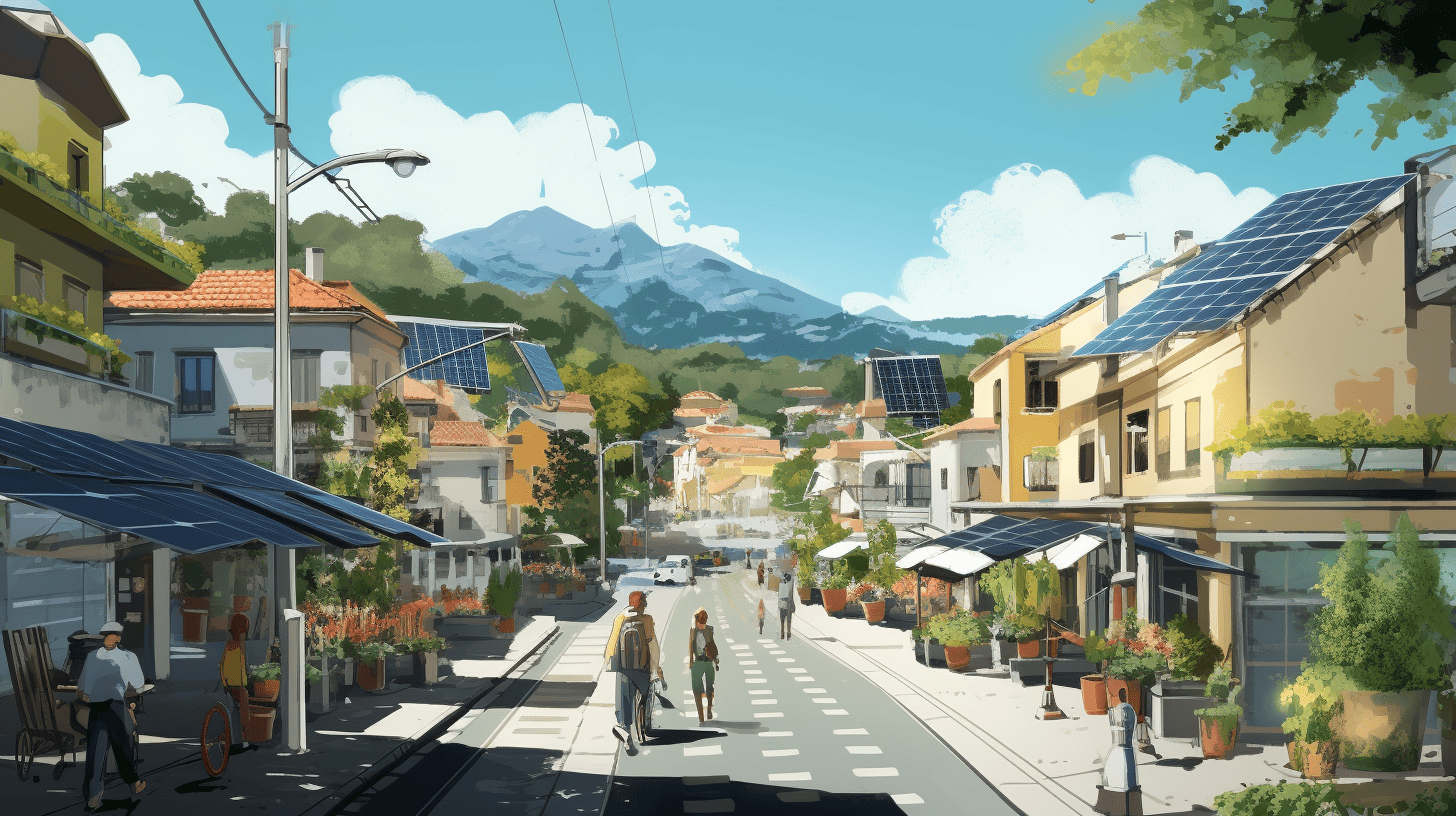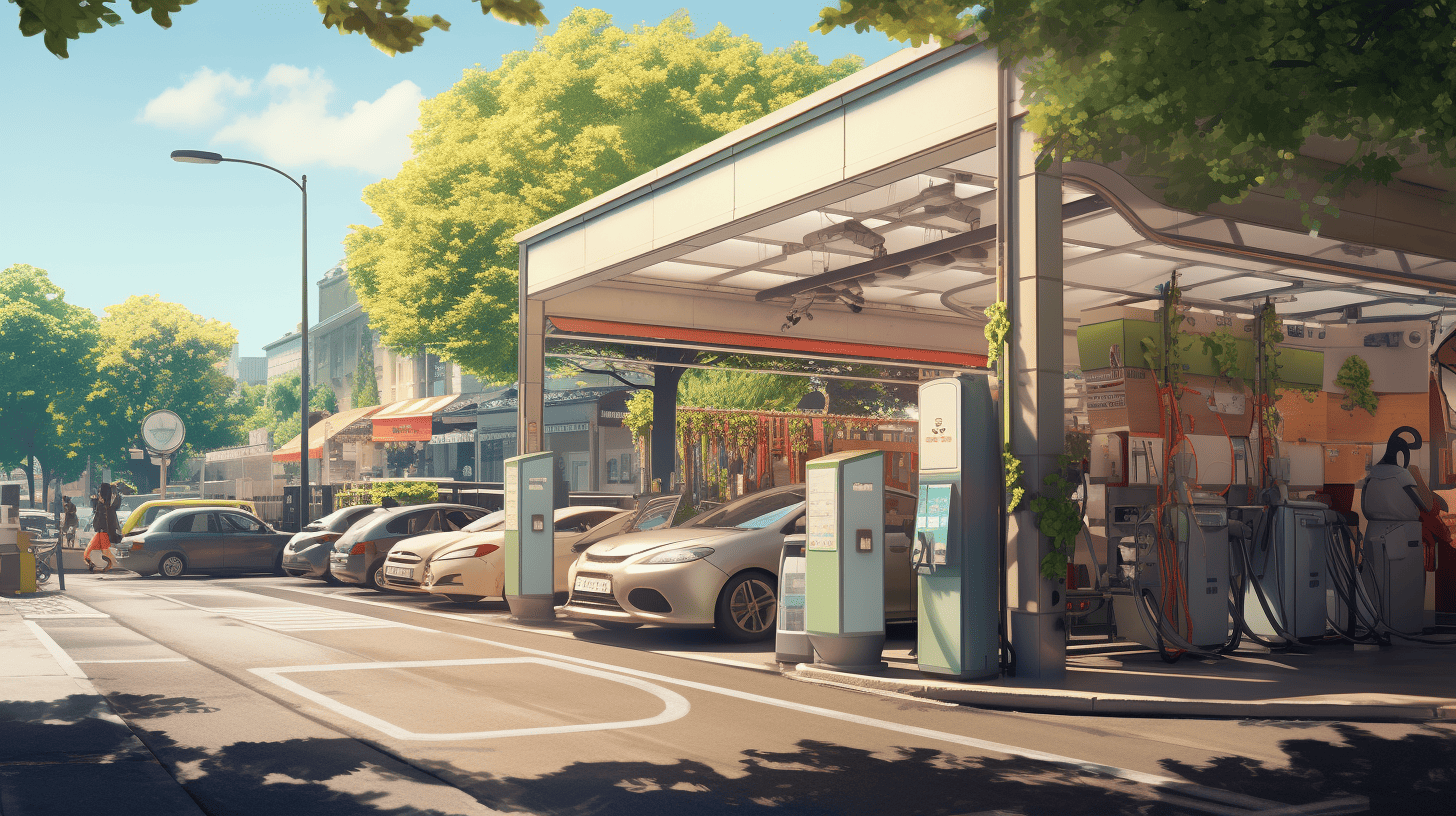
The Netherlands is on a mission to achieve its climate goals for 2030 and 2050. To do so, the energy system must undergo rapid, sustainable transformation. This entails significant changes in energy production, transportation, and consumption. Moreover, the increasing electrification in society leads to higher peak loads on the electricity grid. In a report commissioned by the Topsector Energie program, more than 100 potential solutions are offered, all focusing on maximizing the capacity of the existing or upcoming electricity network to accelerate the energy transition. A ‘silver bullet’ was not found, though, the researchers admit.
- Dutch Top Sector Energy and RVO had research done to find out if there are solutions against grid congestion.
- Over a hundred ideas were submitted. However, the ‘silver bullet’ was not among them.
- The 12 most promising ideas will be developed further.
The objective was to identify fresh, overlooked ideas to enhance the electricity grid’s capacity. The scope wasn’t limited to technical innovations but also explored the removal of social, legal, and institutional barriers. Over a hundred solutions were identified after extensive research, interviews, and workshops. Out of these, 12 were deemed most promising and are presented below:
1. Congestion Communication: Raising awareness about grid congestion and encouraging users to adjust their energy consumption.
2. Balancing Residential Areas Locally: Implementing local energy balancing in residential zones to optimize grid usage.
3. Reducing Phase Imbalance: Addressing imbalances in the electrical phases to ensure smoother energy flow.
4. Autonomous Decentralized Intervention on the Low Voltage Network: Implementing autonomous interventions at the decentralized level to manage grid loads.
5. Dynamic Capacity Planning and Trading: Introducing dynamic market mechanisms for electricity capacity planning and trading.
6. Facilitating Flexibility in Businesses and Business Parks: Encouraging businesses to adopt flexible energy consumption patterns.
7. Applying Direct Current: Exploring the benefits of direct current in specific network parts and function configurations.
8. Utilizing Alternative Electricity Infrastructure: Leveraging other electricity infrastructures to alleviate grid congestion.
9. Location-based Sustainable Generation and Storage: Implementing location-specific solutions for renewable energy generation and storage.
10. Off-grid Electricity Transport: Using mobile storage solutions to transport electricity between congested grid sections.
11. Swarm Optimization in Electric Charging: Implementing swarm intelligence to optimize electric vehicle charging processes.
12. Alternative Outage Reserve: Exploring alternative solutions to manage outages and ensure a consistent electricity supply.
Preliminary exploration
This report presents a preliminary exploration of alternative solutions for the more effective use of the electricity grid. It adopts a holistic approach, not just focusing on grid operators or technical innovations. While no definitive solutions have been pinpointed, the study offers valuable technical, social, legal, and institutional concepts.
Further in-depth analysis is required to understand the impact and feasibility of these concepts. Active support through national programs, specific research projects, or creative initiatives like hackathons and competitions is encouraged, especially for tangible ideas. Establishing a ‘think-outside-the-box’ group is recommended to foster free thinking and innovation. The report aims to stimulate further debate and collaboration in the quest for better utilization of the electricity grid.
(This article is based on the document titled “Stroomversnelling” authored by Laurens Van Buuren and Hanna van Sambeek from Stantec.)







